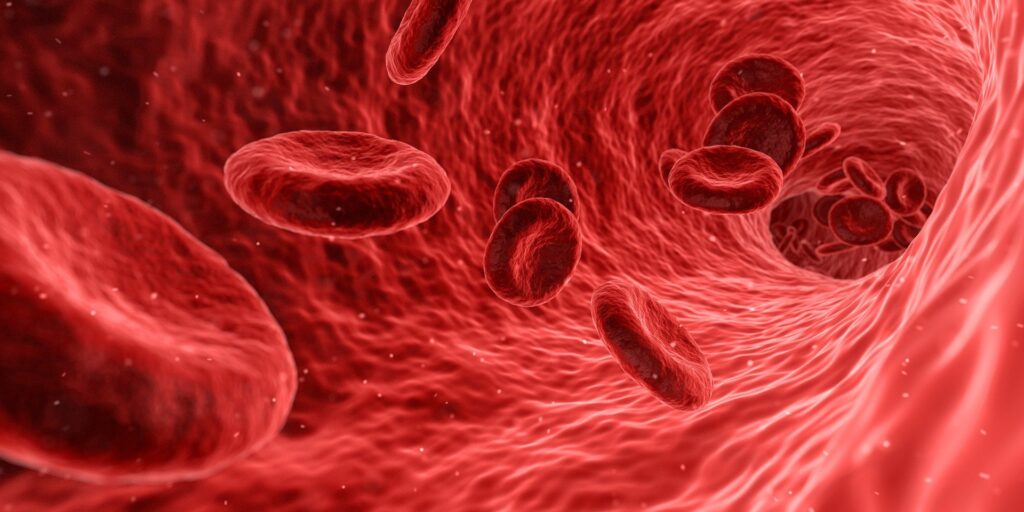Welcome to the fascinating world of human blood! Blood is an important part of the human body and it has many interesting facts associated with it. Did you know that human blood is made up of four main components: red blood cells, white blood cells, platelets, and plasma? Or that the human body has millions of miles of blood vessels? In this article, you will learn more about the fascinating facts about human blood, its composition, and its importance to the body. More content like this can be found on our interesting facts about humans nails post.
Unbelievable Human Blood Facts: From Its Color to Its Components
- Human blood is composed of red blood cells, white blood cells, platelets, and plasma.
- Red blood cells are responsible for carrying oxygen from the lungs to the body’s tissues and organs.
- White blood cells are the body’s defense against infection and disease.
- Platelets are responsible for blood clotting, which helps to prevent excessive bleeding.
- Plasma is the liquid component of the blood that contains proteins, hormones, and nutrients.
- Human blood is typically red in color due to the presence of hemoglobin, a protein that carries oxygen.
- The average adult has about 5 liters of blood circulating through their body.
- Blood donations can help to save lives, as donated blood is used to treat people with various medical conditions.
- Blood transfusions are the process of transferring blood from one person to another.
- Blood groups are determined by the presence of antigens on the surface of red blood cells.
Fascinating Facts About the Lifeblood of Humans

Blood is an essential part of living organisms, including humans. It is the liquid lifeblood that carries essential nutrients, hormones, and oxygen to all parts of the body, while also transporting waste products away. Here are some fascinating facts about this important substance:
- Blood is composed of four main components: red blood cells, white blood cells, platelets, and plasma. Red blood cells are the most abundant and are responsible for carrying oxygen to cells. White blood cells are part of the immune system and help to fight off infections. Platelets are essential for clotting and preventing bleeding. Plasma is the liquid portion of the blood and is made up of water, salts, and proteins.
- The average human body contains approximately 4.7 to 5.5 liters of blood. This amount is roughly 8% of the body’s total weight.
- Blood types are classified by the presence or absence of certain antigens on the surface of red blood cells. The most common blood type is O+, followed by A+, B+, and AB+.
- Blood transfusions are an important medical procedure, where donated blood is given to someone in need. Every two seconds someone in the United States needs a blood transfusion.
- The color of blood is actually a result of the oxygen it carries. Red blood cells contain a protein called hemoglobin, which binds to oxygen. When oxygen is present, blood appears red. When there is no oxygen, the hemoglobin appears blue.
Blood plays an essential role in the human body and is an amazing substance with many interesting facts. Understanding more about it can help people make better decisions about their health and wellbeing.
Surprising Human Blood Facts: What You Never Knew About Our Vital Fluid
Blood is one of the most essential components of the human body. It is a vital fluid that provides oxygen and nutrients to the cells and transports waste products. Despite its critical role, there are many fascinating facts that most people don’t know about blood. Here are some surprising human blood facts you never knew.
Our blood is composed of four main components: red blood cells, white blood cells, platelets, and plasma. Red blood cells are the most abundant components and are responsible for transporting oxygen and carbon dioxide throughout the body. White blood cells are the body’s defense system and fight off infection. Platelets are small cells that help to form clots to stop bleeding. Plasma is the liquid component that contains proteins, nutrients, hormones, and waste products.
Blood is red because of the iron found in hemoglobin, which is the protein in red blood cells that carries oxygen. When hemoglobin combines with oxygen, it turns bright red.
Our blood type is determined by the presence or absence of antigens on the surface of our red blood cells. The most common blood type is O positive, followed by A positive.
Human blood is always slightly alkaline, with a pH of 7.35–7.45
Blood makes up about 8% of our body weight.
We have about 1.2-1.5 gallons of blood in our bodies.
Blood is the only bodily fluid that can be donated.
It is estimated that about 38% of the population has O negative blood, which is the universal donor type.
Blood can be separated into components like red blood cells, plasma, and platelets, which can be used for various medical treatments.
Blood vessels make up a whopping 60,000 miles of vessels in a human body, which is enough to circle the Earth twice.
These are just a few of the many fascinating facts about human blood. Blood plays an essential role in our bodies and understanding its components and functions can help us to better appreciate its importance.
